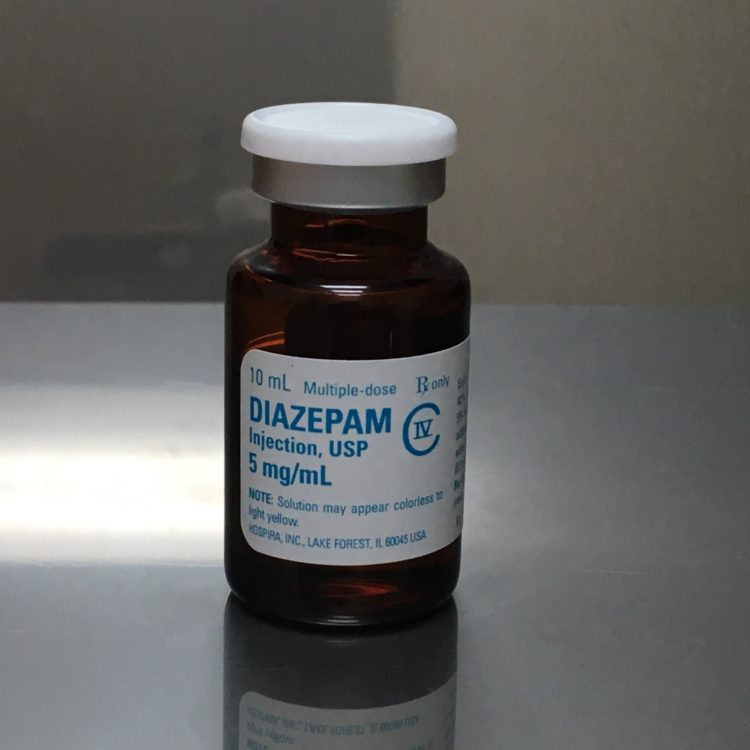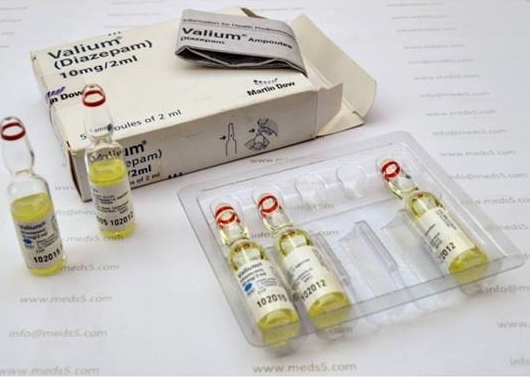

The common adverse effects were agitation, anxiety, and gastrointestinal symptoms. Adverse events were significantly associated with flumazenil treated group compared to no-intervention group (RR = 2.85, 95% CI = 2.11–3.84, P < 0.00001). Thirteen studies were included in this study, and all of them were randomized, double blinded, placebo-controlled prospective trials. The review was conducted to show the safety of flumazenil use in benzodiazepine overdose patients. Ramirez, in Side Effects of Drugs Annual, 2017 FlumazenilĪlthough flumazenil is an antidote for benzodiazepine overdose, the chemical structure is similar to benzodiazepine.

Ĭlobazam use, specifically in patients with Lennox–Gastaut syndrome, has been demonstrated to lead to increased risk of aggression-related adverse events in pediatric patients both with and without a personal history of aggressive behavior. A similar study evaluating midazolam sedation in pediatric dentistry noted no significant side effects but demonstrated that paradoxical reactions were the most common minor AE ( n = 11, 6.5%). This study highlights additional risk for patients of advanced age. determined that patients who received midazolam for light sedation for endoscopy had significant impairment of psychomotor speed, memory, learning, working memory, and sustained attention for up to 2 hours following the procedure in some patients. While effects of BZD therapy on cognition are widely known, this concern has been expanded to patients seemingly recovered after only light sedation with midazolam. The group was not able to identify underlying pathophysiology or recommended treatment for this scenario. Ray, in Side Effects of Drugs Annual, 2017 Nervous SystemĪ fatal BZD overdose was described by Aljarallah and Al-Hussain noting acute fatal posthypoxic leukoencephalopathy.


 0 kommentar(er)
0 kommentar(er)
